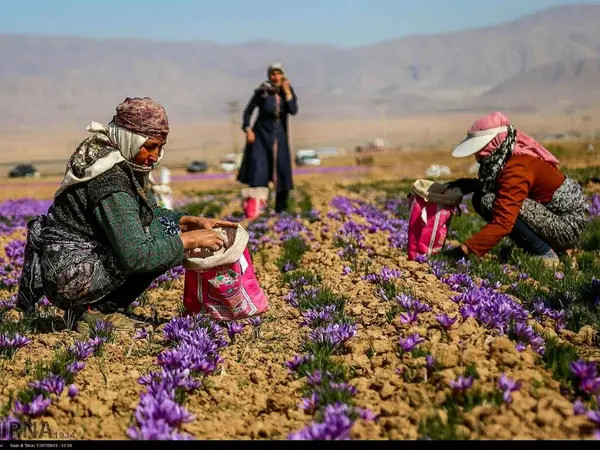The Secretary of Iran’s National Saffron Council has revealed that Afghanistan purchased 40 tons of saffron from Iran last year, then proceeded to sell it in Iran’s target markets.
Farshid Manuchehri said, "Afghanistan buys our saffron and exports it as an Afghan-produced product to the destination markets and target markets of our country, and at a higher price”.
Afghanistan’s own production is now also soaring, becoming a possible contender with the world’s largest producer of the spice.
Gholam Reza Miri, chairman of the Iranian Saffron Exporters and Sellers Union, said in January that most of Iran's saffron is smuggled to Afghanistan and packed in Spain.
Miri said that high customs duties and embargoes are among the factors for trafficking with almost half of the value of Iran's annual saffron production ending up in the pockets of smugglers.
He said that last year, 90 tons of saffron, accounting for 40% of Iran's total production of 225 tons, were subject to smuggling with Afghanistan and Spain holding 21% and 16% of the global saffron markets, respectively.
Extreme weather has also halved production of the world’s most expensive spice in Iran, with areas once dependent on what is also known as desert gold, decimated by climate change.
Iran produces nine tenths of the world’s supply but climate change has meant devastation for farmers.
As Iran battles a cost of living crisis, the mainstay of Iranian cuisine has become less consumed than ever before in the country as economics make the spice prohibitive as prices continue to rise. It has been pushed up by high demand from major markets such as China, which accounts for almost half of Iran’s exports.

